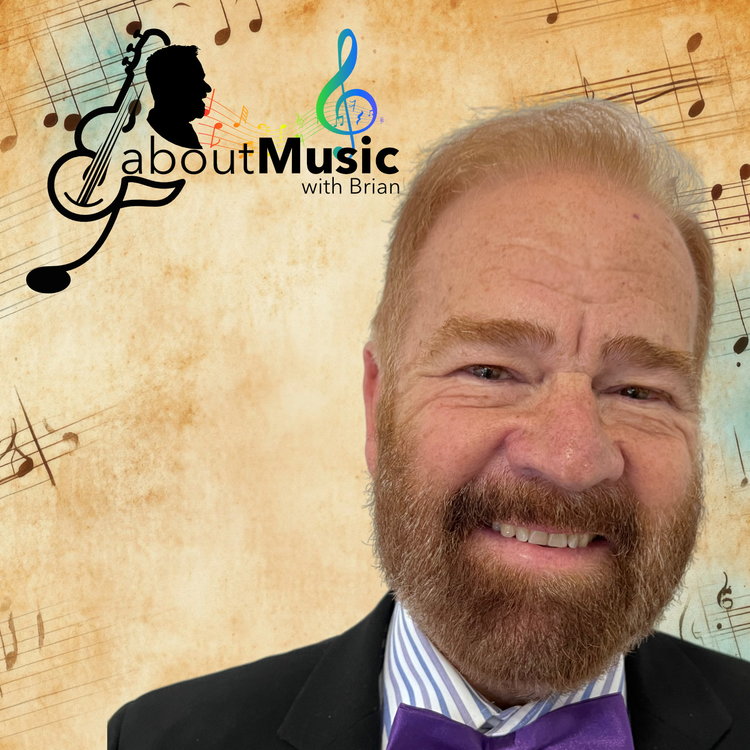
Programme 101 Violincello Concertos Part 2
Loading player...
Programme 101 Violincello Concertos Part 2 Programme Description
Today we continue our series in which we will explore in depth the various instruments that are used in the orchestra. By in depth I mean that we will listen to a substantial amount of music for each instrument, focusing on them one by one. We continue with part 2 of the other leader of the orchestra, the Violincello.
The ‘cello is one of the most celebrated instruments in the world, known for its unique voice, versatility, and expressive power.
Today’s three concertos are:
Edward Elgar – Cello Concerto in E Minor, Op. 85 (1919
Notable for: Quiet grief and noble reflection.
Listen for: The haunting opening solo, the sudden mood shifts between melancholy and determination, and the tender farewell at the end.
Camille Saint-Saëns – Cello Concerto No. 1 in A Minor, Op. 33 (1872)
Notable for: Effortless elegance with virtuosic flair.
Listen for: How the concerto starts with the solo cello immediately—no orchestral prelude. Notice the playful exchanges in the middle section.
Antonin Dvořák – Cello Concerto in B Minor, Op. 104 (1895) the third movement
Notable for: Lyrical, grand, and deeply personal.
Listen for: The poignant farewell in the finale.
Today we continue our series in which we will explore in depth the various instruments that are used in the orchestra. By in depth I mean that we will listen to a substantial amount of music for each instrument, focusing on them one by one. We continue with part 2 of the other leader of the orchestra, the Violincello.
The ‘cello is one of the most celebrated instruments in the world, known for its unique voice, versatility, and expressive power.
Today’s three concertos are:
Edward Elgar – Cello Concerto in E Minor, Op. 85 (1919
Notable for: Quiet grief and noble reflection.
Listen for: The haunting opening solo, the sudden mood shifts between melancholy and determination, and the tender farewell at the end.
Camille Saint-Saëns – Cello Concerto No. 1 in A Minor, Op. 33 (1872)
Notable for: Effortless elegance with virtuosic flair.
Listen for: How the concerto starts with the solo cello immediately—no orchestral prelude. Notice the playful exchanges in the middle section.
Antonin Dvořák – Cello Concerto in B Minor, Op. 104 (1895) the third movement
Notable for: Lyrical, grand, and deeply personal.
Listen for: The poignant farewell in the finale.

